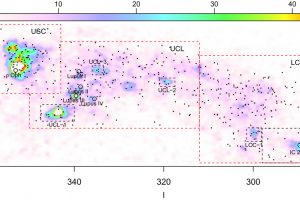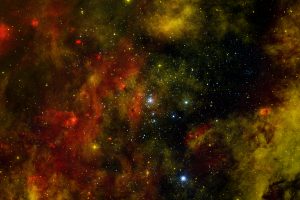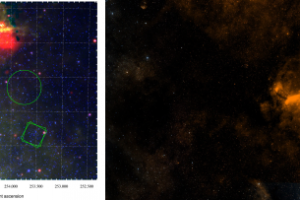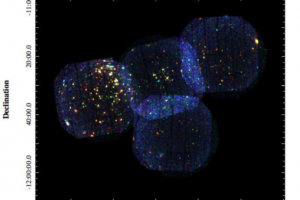Formation and evolution of the Sco OB2 association. The study: “Stellar population of Sco OB2 revealed by Gaia DR2 data” of F. Damiani (INAF-OAPA) recently appeared on A&A

OB associations have a rich population of massive stars (O and B stars), which are young and typically dispersed over large regions of the sky. While these massive stars can be easily recognized thanks to their intense luminosity, it is very hard to select the low mass stars belonging to OB associations. This because without evident stellar concentrations, these stars
» Read more


